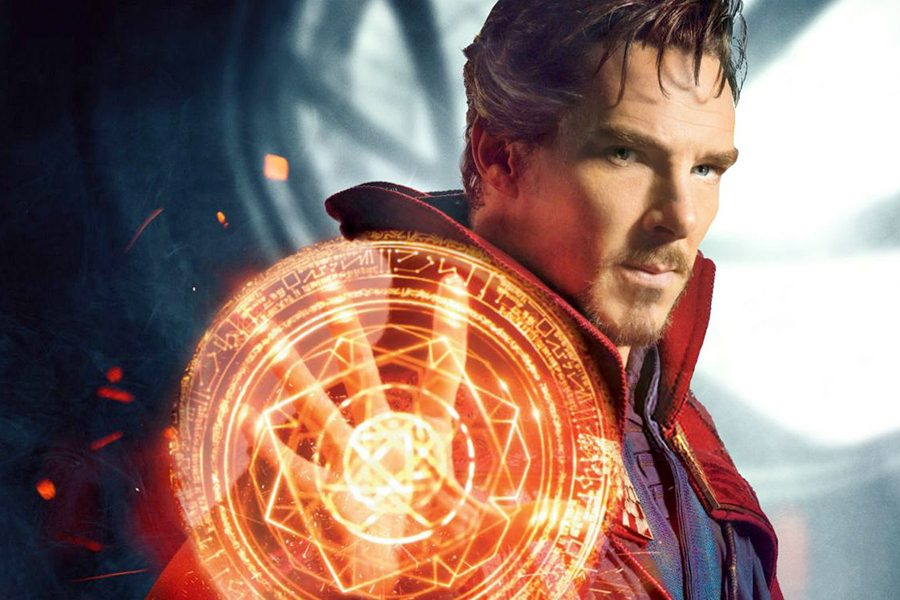Marvel welcomes ‘Doctor’ to shared cinematic universe
Likable character dominates role, while visual effects engage audience
Nov 17, 2016
Marvel studios does it again, this time successfully translating “Doctor Strange” from Marvel’s vast comic library into a film that surpasses expectations and keeps its streak of great comic book films alive.
The film stars Benedict Cumberbatch as Dr. Stephen Strange. Cumberbatch is best known for his role as consulting Detective Sherlock Holmes in the BBC series “Sherlock.” He plays Dr. Strange with more arrogance and self-riotousness than Robert Downey Jr. does as Iron Man.
A car accident leaves the arrogant neurosurgeon Strange with permanent hand damage. The accident hinders Strange’s ability to perform as a surgeon and ultimately results in the end of his career.
Not willing to accept the end of his career and the permanent damage to his hands, Dr. Strange spends his amassed fortune on risky procedures. The procedures end up having no positive effects on the state of his ailing hands.
With little money left, he travels to Kamar-Taj hoping to find a cure. While traveling, Dr. Strange encounters the Sorcerer Supreme known as the Ancient One, played by three-time British Academy Film Award winner Tilda Swinton.
The Ancient One shows Dr. Strange incredible things that make him realize he is not the center of the universe. The Ancient One plays an important role in making Strange understand the powers that are beyond imagination and brings up morality questions that make viewers question her methods. Strange quickly becomes interested and begs the Ancient One to allow him to become one of her students in the mystical arts.
With this being Marvel’s sixth feature length film, the original story follows the traditional format. However just like making a pizza, the key ingredients are always dough, sauce and cheese. The only differences are found in the toppings.
The story follows the same basic plot as the first “Iron Man,” that of an arrogant man who has to go through tragedy to become a likable hero.
The biggest difference in “Doctor Strange” is that the characters are more compelling and are not just there for helping the film’s story along. And fortunately in this film Marvel does make a more interesting villain in Kaecilius (Mads Mikkelsen), a former student of the Ancient One.
Kaecilius is not a complex character, but he manages to draw empathy to his rebellion as he makes the audience question his former master. Despite not reaching the levels of Tom Hiddleston’s Loki, he is good villain.
The best toppings on this pizza are the visual effects. The team that handled the special effects of this film should be handed their Oscar right now, even before their nomination. When Dr. Strange is first introduced to the different dimensions, he goes on what can only be described as an “acid trip.” It is very difficult to explain what he witnesses, but the cinematography is incredibly beautiful.
The best part about all the special effects and cinematography is that it does not take viewers out of the film. It draws them into it. In many films, 3D is a gimmick that doesn’t add to a film and is there to make a film more money. But this film must be watched in 3D.
From the buildings bending into themselves, to the beautifully designed worlds, the crazy action scenes and the manipulation of time are worth seeing. “Doctor Strange” is a great take on another little known character and a great addition to the Marvel Cinematic Universe.



